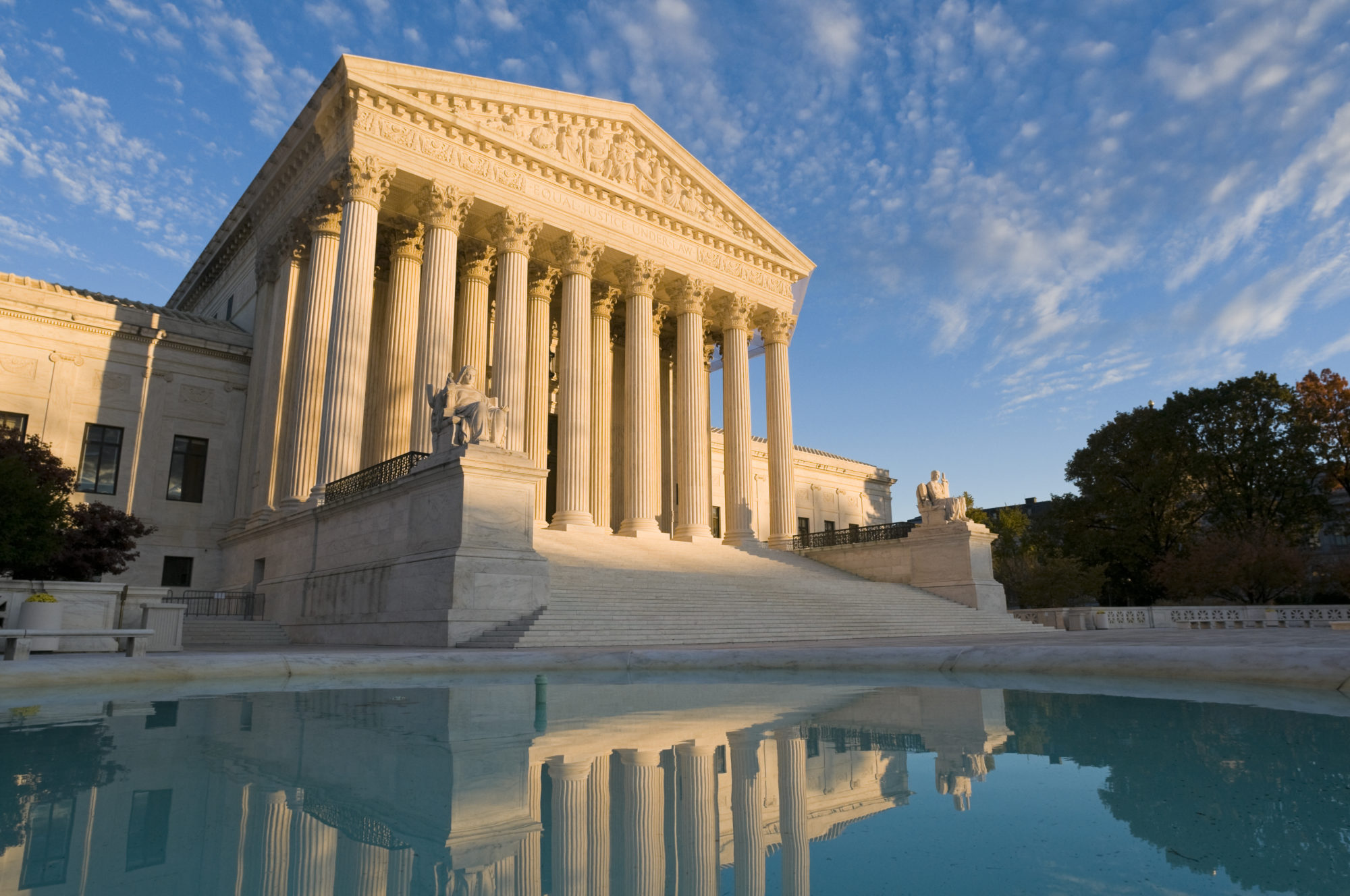In our October Term 2018 in review part I, we identified patterns of behavior among the justices. In this post, we look to the other side of the Bench, the advocates. As we have shown elsewhere, the proportion of female advocates appearing before the nation’s highest court has increased over time, but the Supreme Court Bar is still largely a “boys club.” Our analysis suggests there has been little improvement in representativeness at Supreme Court oral argument in the 2018 Term.
Me too? Where are the women?
In the 2018 Term, there were 124 individual advocates who appeared before the Supreme Court: 26 were female and 98 were male. Over the 71 oral arguments, these advocates collectively made 185 appearances: 32 by women and 153 by men.
One might imagine that women would get better opportunities through the Solicitor General’s office than in the private sector. And it is marginally better, at least this Term. In OT2018, of the 124 advocates, 20 appeared for the Solicitor General’s office in some capacity: Noel J. Francisco as the SG, Jeffrey B. Wall as the Principal Deputy SG, and 18 other deputy SGs and assistants to the SG. Five of these 20 government lawyers were women; however, those women accounted for only 9 of the 53 appearances. So, in sum, women account for 20.97% of Supreme Court advocates in OT2018, and 25% of advocates appearing for the SG’s office.
Repeat players: is it any better for female advocates next time around?
The figure below shows that the odds only get worse when we look at repeat performances. Of the 34 repeat players (those appearing twice or more) in 2018, only 6 were female. Four were from the SG’s office and two others also appeared twice or more: Ann O’Connell Adams, Rachel P. Kovner, Erica L. Ross, and Morgan L. Ratner, all assistants to the SG, Lisa S. Blatt, Chair of Williams & Connolly’s Supreme Court and Appellate practice, and Teresa Ficken Sachs, Co-Chair, Appellate Advocacy and Post-Trial Practice Group at Marshall Dennehey Warner Coleman & Goggin.

Let me talk: are women treated differently?
So much for appearances: once before the Supreme Court, were women also treated differently? We are interested in particular in whether the justices allowed male and female advocates the same chance to speak. The next figure shows the number of words each advocate spoke on average, per appearance this Term.

Looking at the average number of words spoken per appearance, there does not seem to be a clear gender pattern: 14 women were in the top half of the graph, 12 in the bottom half. That suggests that though their numbers may be low, women are getting to speak their turn without any greater interruption. That impression, however, is wrong.
To see why, think about the role of the Solicitor General: many believe the SG’s office receives greater deference from the justices, but looking only at the number of words may not show this. Given that the SG’s office regularly appears as an intervening amicus, the SG’s representative often talks for a shorter period than the non-government advocates.
To see if men and women, and government and non-government lawyers, are given the same chance to get a word in between the back-and-forth between the justices, the next figure shows the number of words spoken by each advocate as a ratio of the number of words spoken to him or her by the justices.

Now we see that the Solicitor General’s office did in fact tend to receive more deference in OT2018 than appeared in the raw numbers. In terms of gender, of the 24 women to appear in OT2018, only 7 were in top half in the ratio of words spoken, one was exactly in the middle and the remaining 18 wallowed in the bottom half of the table.
Once accounting for the fact that there are differences in the times of various advocates appearing for the Court, we see that not only are women grossly underrepresented in the Supreme Court Bar, but when they do get a chance to appear, they are not given as much chance to actually speak. Gender differences persist at the Supreme Court in the 2018 Term.
* Revised to correct advocate misidentification in earlier versions at Thursday May 9, 2019 7:39PM.




You must be logged in to post a comment.